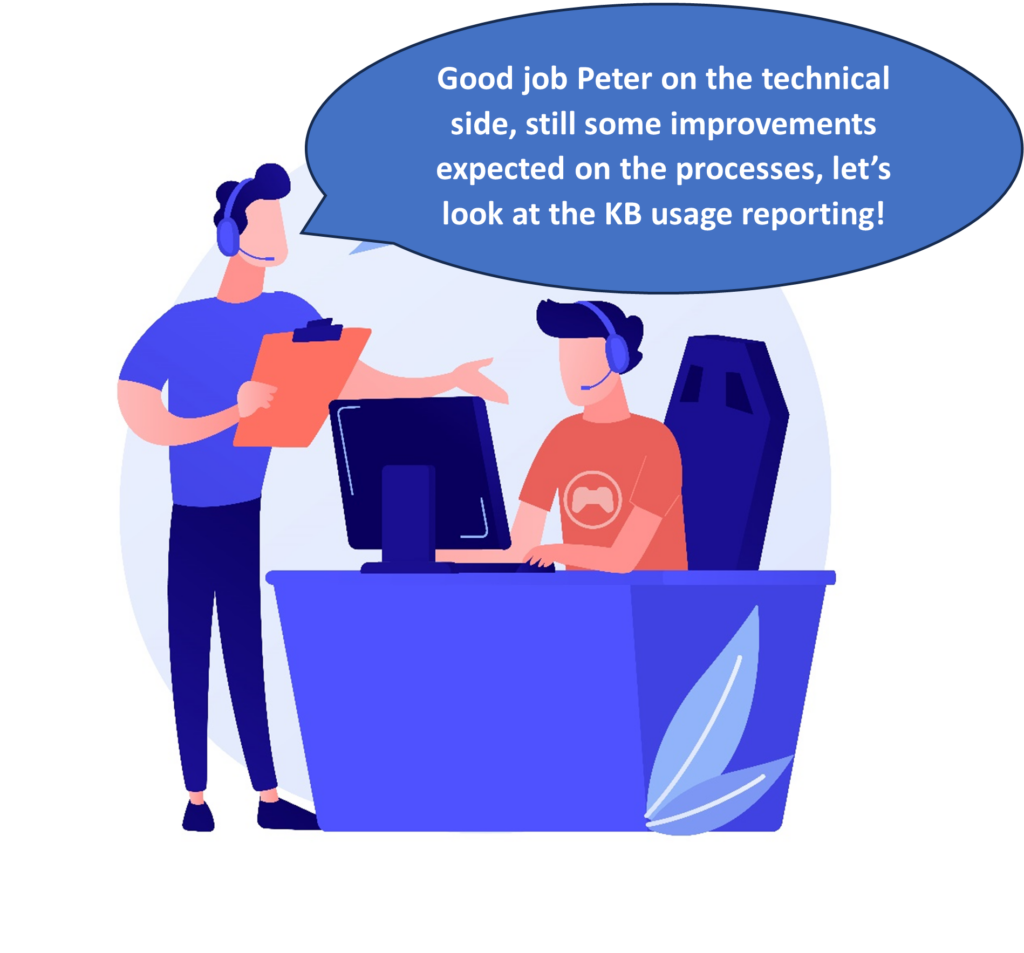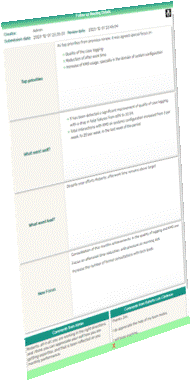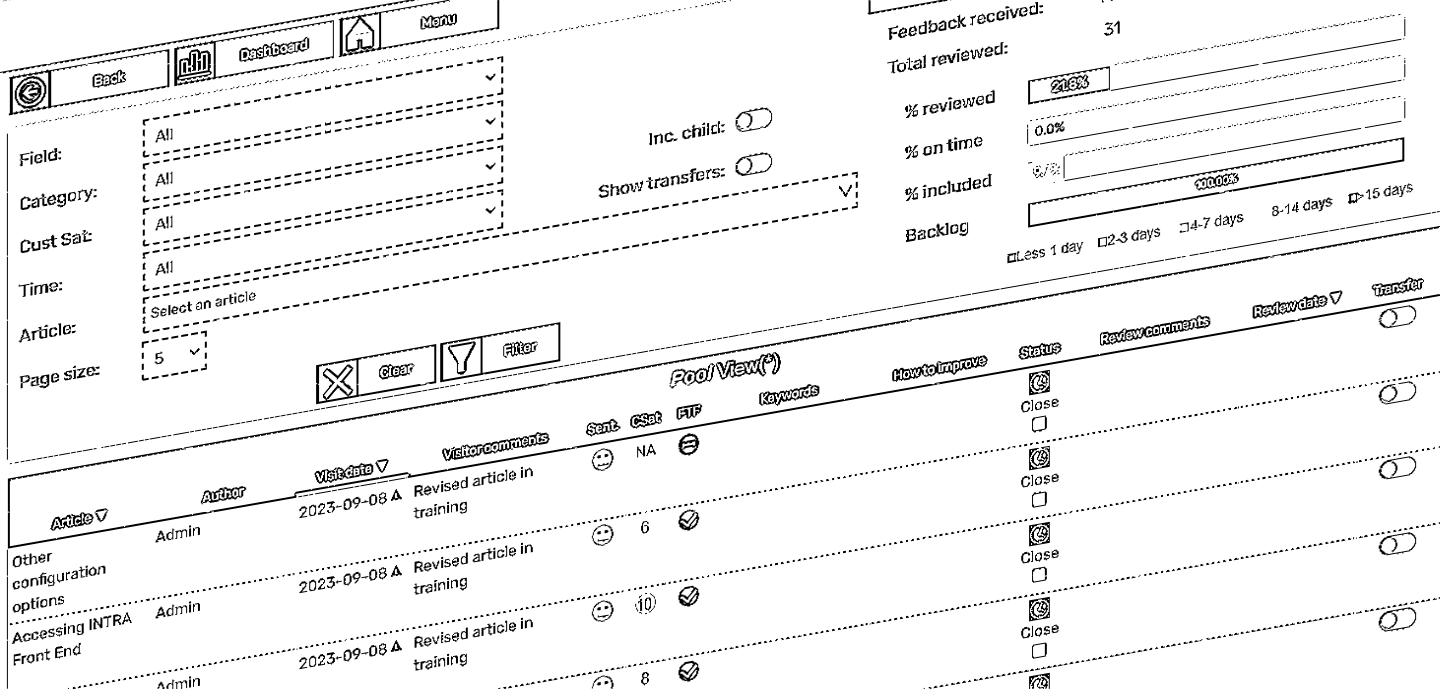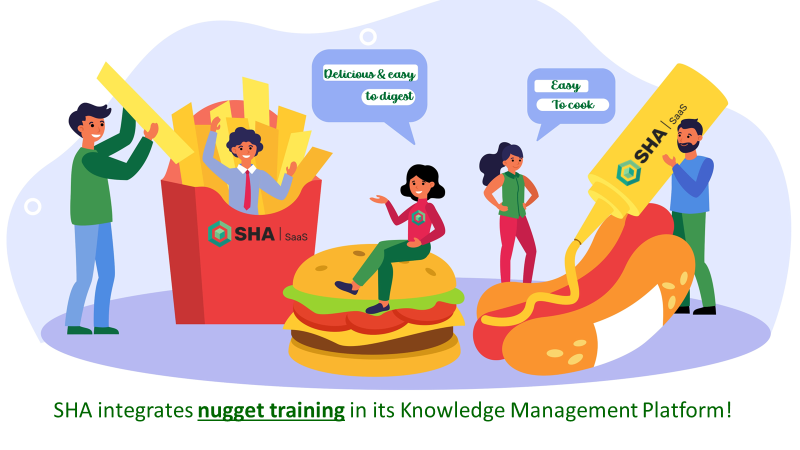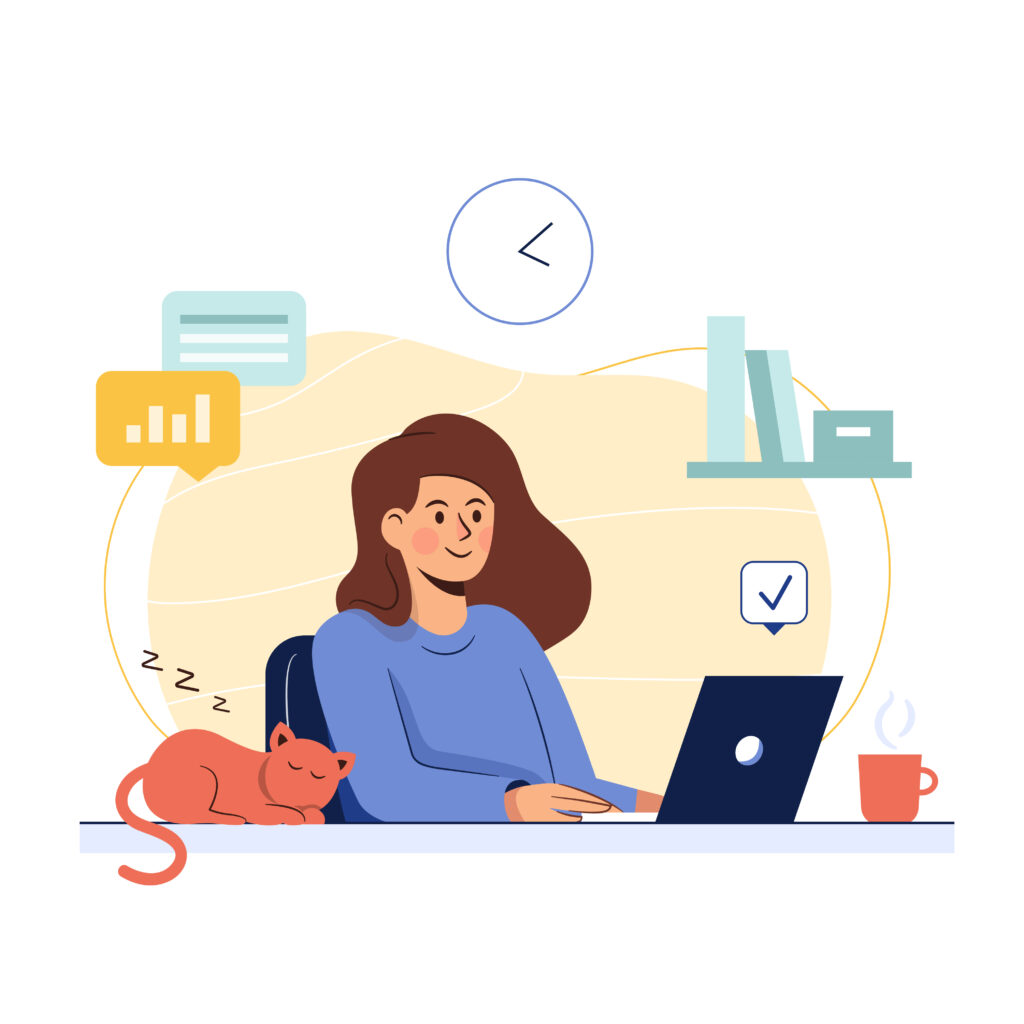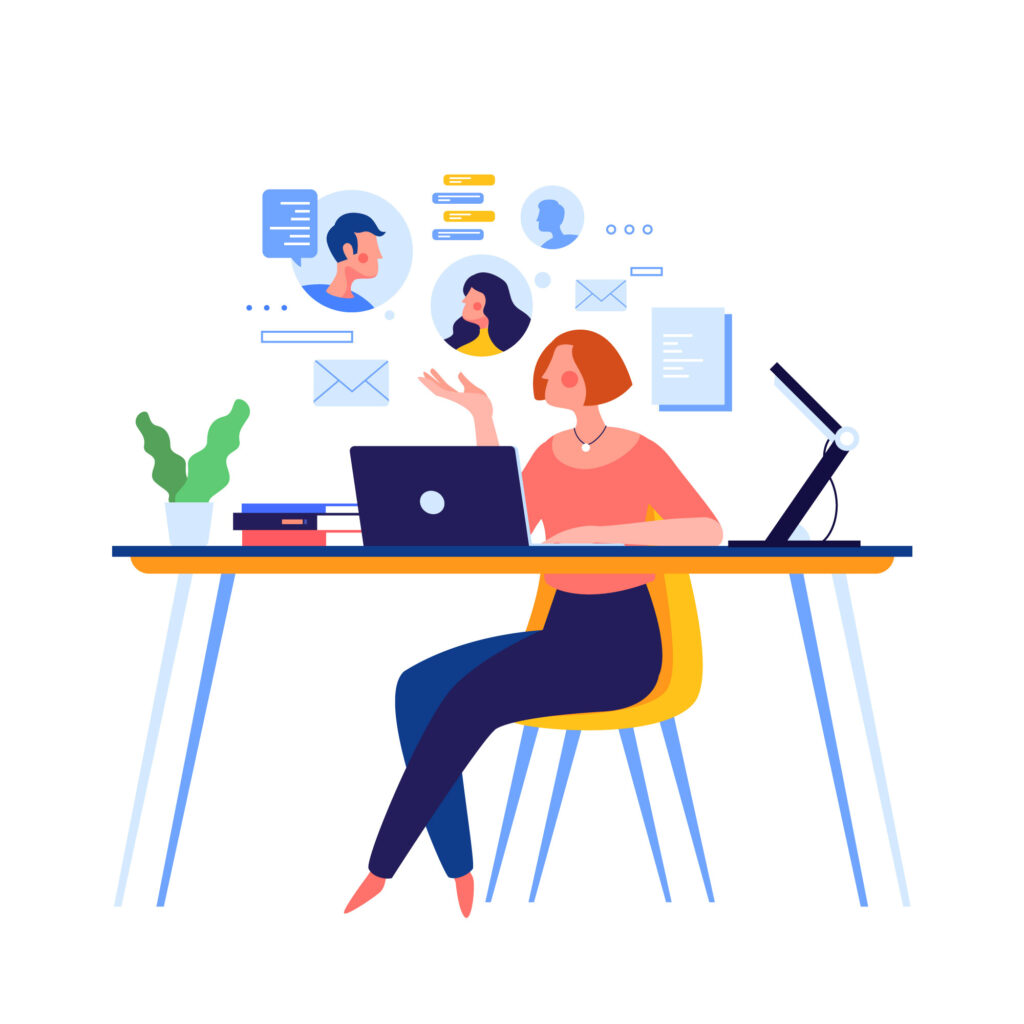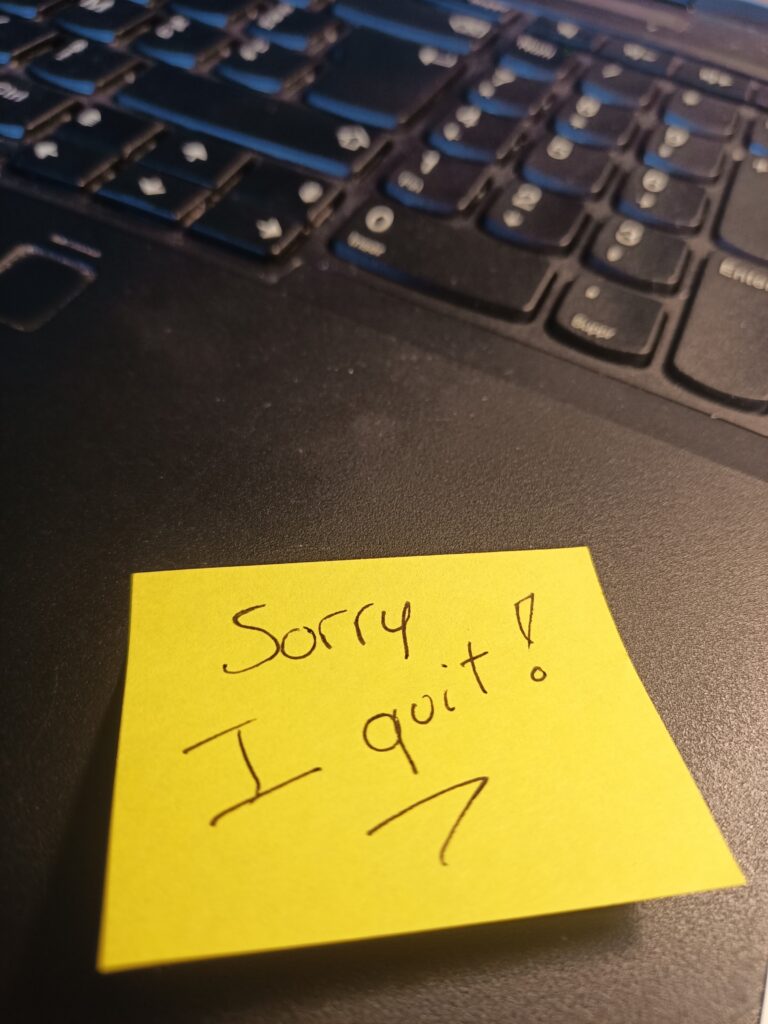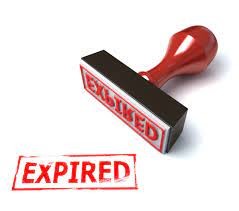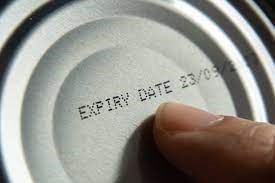With more than 50 years of cumulated experience, expertise and operational leadership in businesses where Managing Knowledge key asset is critical , we have, at SHA(*), very clear ideas about what works and what does not when it is time to implement a Knowledge Management System (KMS). And we’re happy to share some of our fundamental findings which guided us designing SHA:
Before starting, let’s all agree (if you disagree, there might be no point for you to read what follows…) that having a KMS is… a must, but it’s not enough to have a KMS, you have to ensure it works!
- First, let’s talk about what we heard quite often: “we need to integrate our KMS in our IT ecosystem”
Integration is quite a broad and vague term but we all understand what it means: ensuring we can benefit from a Knowledge Platform which is connected to some other business critical applications such as e-commerce, e-service web site. This all sounds good, but, at SHA we have also clearly identified that trying to overdo it, to integrate a KMS with a lot of other applications can lead to expensive, heavy, and ultimately dead ends. So we integrate our solution on your e-support and e-commerce and trust us, this is enough!
- Then second, we heard so often “no need for a multi-lingual platform to start with, we’ll see that later”.
Well later is very often proven to be “too late”…
One could think that, when 99% of the users are sharing the same language, there is no need to think ahead and a mono lingual KMS is good enough, if this can be proven right, it could also lead to some tough headaches or worse, failures. At SHA, how many times have we experienced some companies who extended their market scopes or move some of their operations to other regions speaking different languages or built some alliances with companies located abroad. Having to deal with a massive, one shot, translation project is a headache that could be avoided by thinking ahead and making the choice to implement a multilingual ready KMS right away. And if your market it truly a one language market, SHA works perfectly with one language as well!
- Third, a classic “how easy to use is your solution”?
Easiness of use is a common slogan that most of the KMS are using as a benefit, we, at SHA, not only we adhere to this criteria, but we also know, by experience that this is a must, there is no way that users will use the platform if they have to understand how it works, if they have to ask their colleagues which field to use, which process to select …
Easiness of use is vital to ensure implementation of a KMS is successful, we saw so many clunky KMS which were not used by the teams KMS were supposed to help. We experienced too many WEB site smart FAQs which were just driving clients (including us…) mad. So if solutions are not a couple of clicks away, it means your KMS is not delivering and will not bring the expected benefits.
A good solution is two clicks away and the best is one click away! Same goes with input box: one simple input box is enough to interact with your users. If you add categories, products, serial numbers and any other details, you are focused on your own organisation, and not in your customers. Be simple, be customer centric!
You need the users to love looking for solutions and finding solutions on their own using the KMS. It is such a good feeling finding a solution yourself instead of being told by someone else.
- Fourth: quite often mentioned as well: “KM deserves top technology so we need top of the art solution”
At SHA, we love technology and we believe we are quite good at using it and sharing its benefits with our clients, this being said, we put the human being first! And this reflects on providing a simple search interface but also and easiness of system administration (Yes you still need to have some very light resources to ensure the system is working fine and this is largely balanced by major savings on support, customer retention and internal education). KMS should not be an IT managed application but should be run by business. There is a need for an IT-Business disconnect to avoid again poor and disappointing KMS implementation. Of course behind the scene, advanced technology such as Automatic Translation, Automatic Summary, Sentiment Management, Machine Learning, Artificial Intelligence are there, but not for the sake of being High Tech but to support us, Humans…
- And finally Fifth: “So if I succeed implementing my KMS, I’m good for the next 10 years”
Well, a good start is encouraging but not enough: It might not be only at implementation phase we have observed most KMS failures, it is during the whole life cycle. The key elements to support growth and avoid growth issues, is to have a system which can maintain the life cycle of the content, that can report on content obsolescence, a system that tracks the low performing solutions, a system which avoid to pile up similar solutions, a system that is also capable to grow in term of performance and adjust its capacities to the need of user (without involving IT in the process as the platform is cloud based)
It is on top of it ready to grow and evolve as your company is. We designed it the way we dreamt about it; we would have loved to have such a platform, we are now happy to share it with you!
(*) SHA is a Simple, Agile, Connectable, Easy to Use, Easy to administrate platform despite its internal sophistication.

